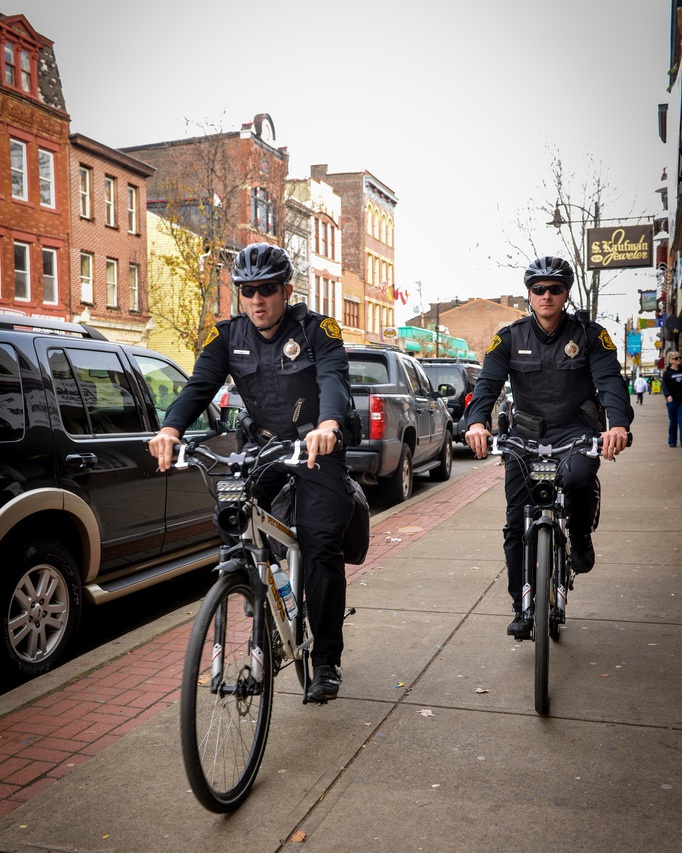Pittsburgh’s comparatively low crime rates continue to drop
Crime again defied conventional thinking, as rates across the nation continued to decline despite a sluggish economic recovery and stubbornly high unemployment. And few regions can boast lower violent and property crime rates than southwestern Pennsylvania.
Crime rates aren’t supposed to behave this way in fragile economic times, particularly when so many Americans are still out of work. But even at the height of the past recession, rates of major crimes were falling across the seven-county Pittsburgh Metropolitan Statistical Area.
Burglaries in the region have steadily declined since 2006, reaching a low of 427 burglaries per 100,000 population in 2011, according to the latest FBI Uniform Crime Reporting data. That’s the lowest burglary rate among the 15 benchmark regions tracked by Pittsburgh Today.
Robbery and murder in southwestern Pennsylvania have been decreasing since 2008. Robberies dropped from 121 to 91 per 100,000 population, and the homicide rate fell from 5.2 to 3.8 per 100,000 population. Both rates were among the lowest reported among Pittsburgh Today regions.
As a rule, crime is higher in cities than across regions, and Pittsburgh is no exception. The city, however, has seen a much sharper drop in crime than the nation as a whole. Violent crime has fallen by 28 percent in the city since 2007. The rate of decline across the United States was 15 percent over the same period. Robberies in the city are down 29 percent, which is nearly twice the national rate of decline.
And motor vehicle theft, which has tumbled 43 percent since 2007 across the country, fell by a whopping 69 percent in the City of Pittsburgh.
Crime rates are influenced by many social and economic factors. Precisely what is driving the latest drop in major crime is unclear. But, in some cases, recent developments offer a few clues.
Take the steady and precipitous drop in car thefts in recent years. The trend happens to coincide with technological advances in the design of motor vehicles that make it more difficult to jump-start an engine. “I suspect it is attributed to the greater hardening of automobile ignitions,” said Carnegie Mellon University professor and national crime expert Al Blumstein. “My hunch is that professionals are not going to be daunted by that, but young kids who steal a car to go joyriding will be.”
Southwestern Pennsylvania possesses certain characteristics that tend to encourage lower crime rates, which helps to explain the region’s favorable ranking among U.S. metropolitan areas.
The southwestern Pennsylvania economy weathered the recession better than most regions and has outperformed others during the slow recovery. It has the highest rate of job growth over the past five years of the Pittsburgh Today benchmark regions and one of the lowest rates of unemployment. Only 8 percent of residents don’t have a high school diploma, one of the lowest rates among major metropolitan areas. More people are moving into the region than leaving and most of them are better-educated young adults who coming here for jobs.
Southwestern Pennsylvania is also a place where people tend to stay put. Nearly 90 percent of residents have lived here longer than 10 years, and 80 percent have been in the region for longer than 20 years, according to data from the Pittsburgh Regional Quality of Life Survey done by the University of Pittsburgh Center for Social and Urban Research and Pittsburgh Today. Such stability tends to limit the number of transients and encourage stronger connections among neighbors and other forms of social control. “That has been a characteristic of Pittsburgh for a long time and it helps keep our crime rates generally below those of the nation,” Blumstein said.





